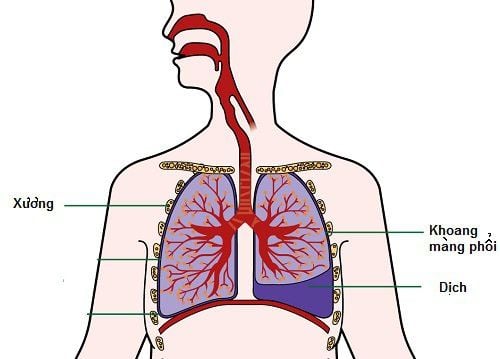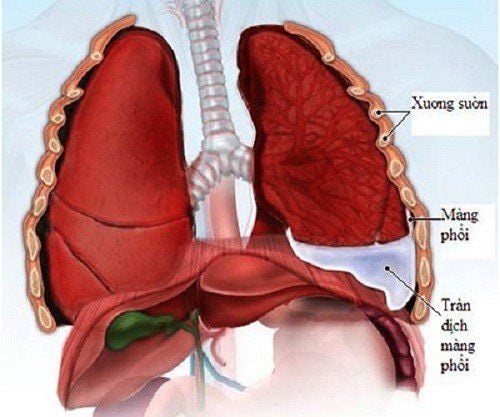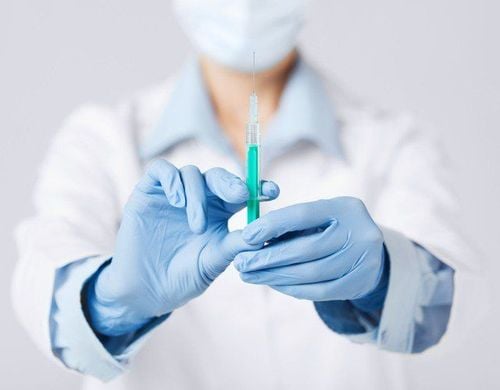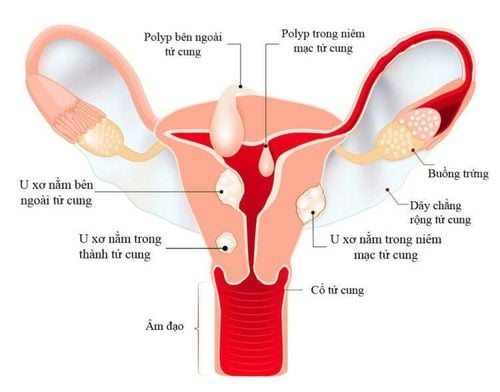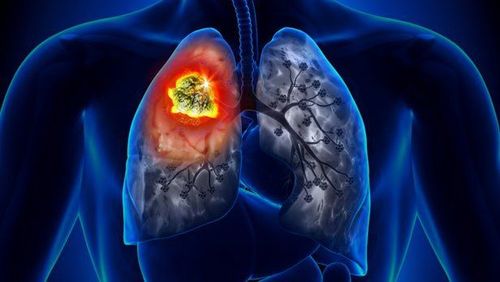This is an automatically translated article.
The article was professionally consulted with Specialist Doctor II Dinh Van Loc - Department of General Surgery - Vinmec Danang International General Hospital.Although general anesthesia is considered safe, it can still damage the respiratory system, leading to serious complications. Pulmonary complications are common complications following general anesthesia. Therefore, protecting the lungs during anesthesia plays a very important role, to ensure the safety of the patient, as well as to help the surgery succeed.
1. Respiratory complications in anesthesia
Respiratory complications are the leading cause of death during anesthesia. Poor ventilation accounts for 1/3 of the total cases, this complication is common in the induction of anesthesia, very rarely during and after surgery.The cause of poor ventilation is usually due to anesthesia, surgery or the patient's location. The result is a lack of cellular oxygen.
People at high risk for respiratory complications during anesthesia, including:
The elderly People with chronic respiratory failure Obese people Sleep apnea syndrome People with gastroesophageal reflux syndrome Management People with a full stomach Common causes of cellular hypoxia are:
Respiratory depression is often caused by drugs used in anesthesia: morphine-type drugs, sleeping pills,... Inhalation of gastric juice from Stomach full and not fasting before surgery, gastroesophageal reflux disease, diabetic patients (diabetic gastroparesis), pregnant women. Other causes of cellular hypoxia, include:
Upper airway obstruction due to tongue retraction, laryngeal edema, laryngospasm - bronchospasm. Pulmonary embolism, pneumothorax, atelectasis Technical complications: endotracheal intubation is not possible, mistakenly placed into the esophagus, oxygenated anesthetic gas mixture, ventilator not working well. These complications can be overcome if detected and treated promptly, otherwise the patient may die.

2. Measures to protect the lungs during anesthesia
Every year, more than 230 million surgeries are performed worldwide. In these surgeries, many patients receive general anesthesia with mechanical ventilation. This puts patients at risk for lung-related complications after surgery.Therefore, many studies related to this issue have been conducted, the evidence obtained has suggested the use of lung protection measures for patients with surgical anesthesia.
2.1. Parameters and how to set up a lung protective ventilator in anesthesia
There are many studies focusing on ventilator parameters and settings, including:Tidal volume (VT): there have been many studies on the influence of tidal volume range on the lungs. during surgical anesthesia ventilation. The applied pulmonary protective measures to reduce Vt positively affect the incidence of pulmonary complications. When using high Vt will cause excessive distension of the alveoli leading to alveolar rupture and pneumothorax. Over-inflation of the alveoli also causes compression of the capillaries leading to alveolar hypoperfusion. Current trend is to use Vt = 6-8ml/kg Using positive end-expiratory pressure (PEEP): present: Currently, an optimal PEEP index has not been determined, researchers tend to lean towards a moderate to low PEEP index, about 4-5cm H20 Inspiratory fraction of oxygen (FiO2): in the past, there was It is assumed that a high fraction of inhaled oxygen improves oxygenation and reduces postoperative nausea and vomiting, as well as preventing surgical site infection complications. However, today this view has changed and depends on the intraoperative and postoperative stages (usually the induction and release of anesthesia use Fi O2 = 1, the maintenance phase of anesthesia FiO2 = 0.5 stages. Normal postoperative mechanical ventilation using FiO2 0.4-0.5 when the oxygen supply status of the patient is sufficient and SaO2 level > 95% Alveolar mobilization after induction of anesthesia and during mechanical anesthesia High pressure integer/difference.
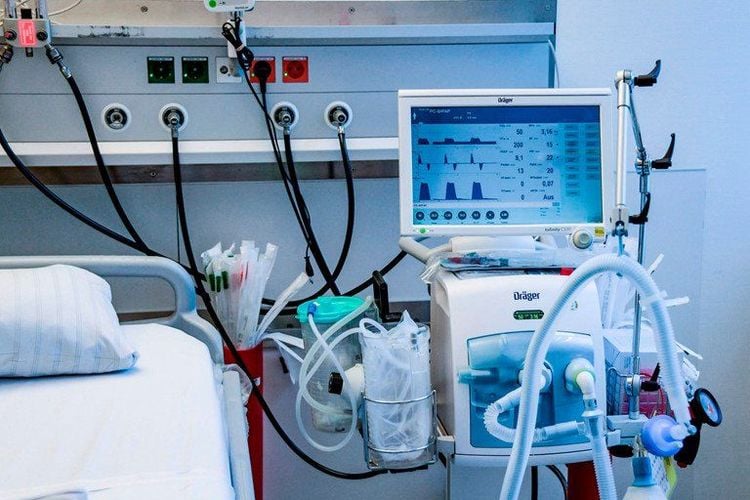
2.2. Low-flow anesthesia protects the lungs during anesthesia
Preoperative and postoperative pulmonary protective ventilation during general anesthesia can reduce the incidence of postoperative pulmonary complications. Low-flow anesthesia is better for lung function than high-flow anesthesia.The upper respiratory tract plays an important role in the body's adaptation to inhaled air because the respiratory epithelium of the lower respiratory tract changes successively towards the bronchioles, leading to a decrease in humidification and warms inhaled air.
During anesthesia, the upper airway was bypassed, the air went straight through the endotracheal tube or laryngeal mask, straight into the lower respiratory tract. This causes the lower airways to become overwhelmed with adaptation to the cold and dry air used in high-flow anesthesia. Therefore, mechanical ventilation with cold and dry air can damage the lung parenchyma.
Dry and cold respiratory gases reduce the activity of cilia in the respiratory epithelium. Impaired hair clearance - this mucus can lead to complications of atelectasis and infection.
Warming and humidifying the respiratory air using low-flow anesthesia can reduce these negative effects on the respiratory epithelium. This will help protect the lungs during anesthesia.
Lungs are the most vulnerable organs during surgical anesthesia. Lungs are one of the most important organs of the body, without lungs we certainly cannot live. Therefore, the protection of the lungs during anesthesia plays a very important role.
Vinmec International General Hospital is one of the hospitals that strictly applies safe surgical anesthesia practice standards according to international guidelines. Vinmec has a team of experienced anesthesiologists and nurses, modern equipment such as: nerve detectors, ultrasound machines, Karl Storz's difficult airway control system, comprehensive anesthesia monitoring system GE's AoA (Adequate of Anesthesia) including monitoring of anesthesia, pain and muscle relaxation will provide high quality and safety, helping patients to have adequate anesthesia, not wake up, and do not have residual muscle relaxants after surgery.
Please dial HOTLINE for more information or register for an appointment HERE. Download MyVinmec app to make appointments faster and to manage your bookings easily.





